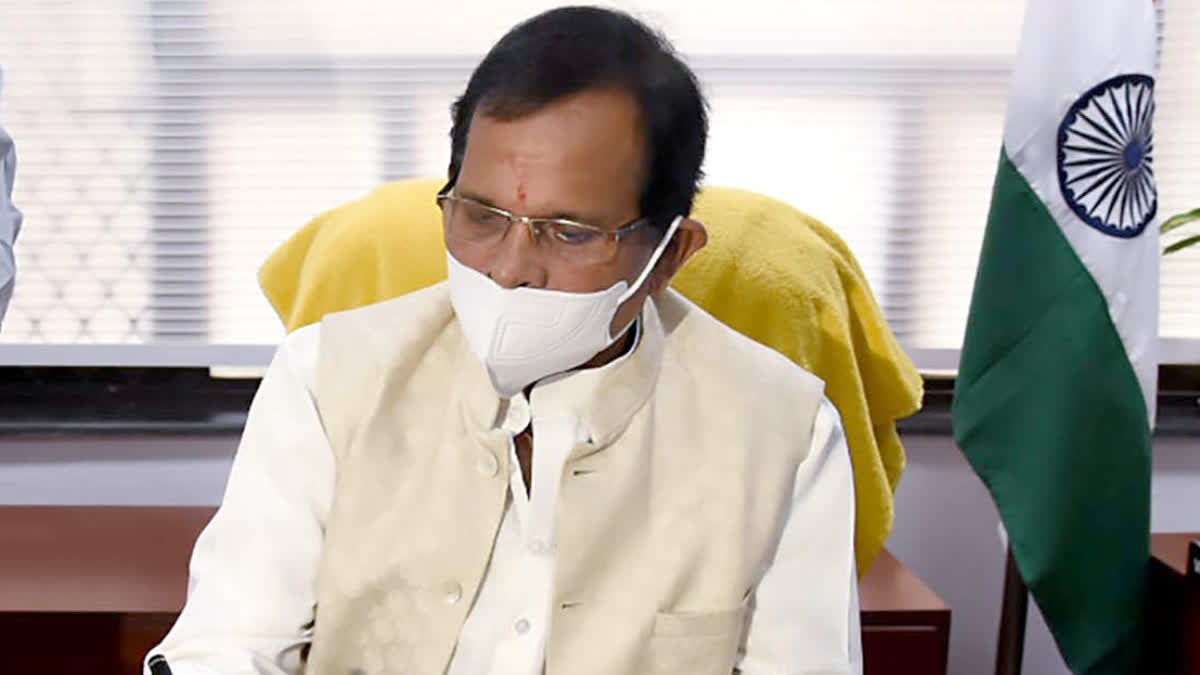New Delhi:India is likely to have 777 GW power generation capacity, including 500 GW clean sources and about 277 GW fossil fuel-based, to meet the projected peak demand of about 335 GW by 2030, Parliament was informed on Wednesday.
"Accordingly, the percentage of clean sources of energy in the total installed capacity is likely to be 64.4 per cent by 2029-30," Minister of State for New & Renewable Energy Shripad Yesso Naik said in a written reply to Lok Sabha on Wednesday. The minister said that to meet the projected peak demand of 334.8 GW and energy requirement of 2,279.7 billion units of the country, as per the National Electricity Plan.
He added that the installed capacity for the year 2029-30 is likely to be 7,77,144 MW comprising of fossil-based capacity of 2,76,507 MW and a non-fossil-based capacity of 5,00,637 MW along with a battery energy storage capacity of 41,650 MW/208,250 MWh. The coal-based capacity will be 2,51,683 MW and the gas-based capacity will be 24,824 MW, the minister said.
The non-fossil fuel-based include hydro 53,860 MW, Pumped Storage Projects (PSP) 18,986 MW, small hydro 5,350 MW, nuclear 15,480 MW, solar 2,92,566 MW, wind 99,895 MW and biomass 14,500 MW. In line with the Prime Minister’s announcement at COP26, the government is working towards achieving 500 GW of installed electricity capacity from non-fossil sources by 2030, the minister said.
As of October 31, 2024, the minister said a total of 211.40 GW non-fossil power capacity has been installed in the country, which includes 92.12 GW solar, 47.72 GW wind, 11.33 GW bio-power, 52.05 GW hydropower and 8.18 GW nuclear. With the achievement of 500 GW of non-fossil power capacity by 2030, India will be one of the largest clean energy producers, he stated.
